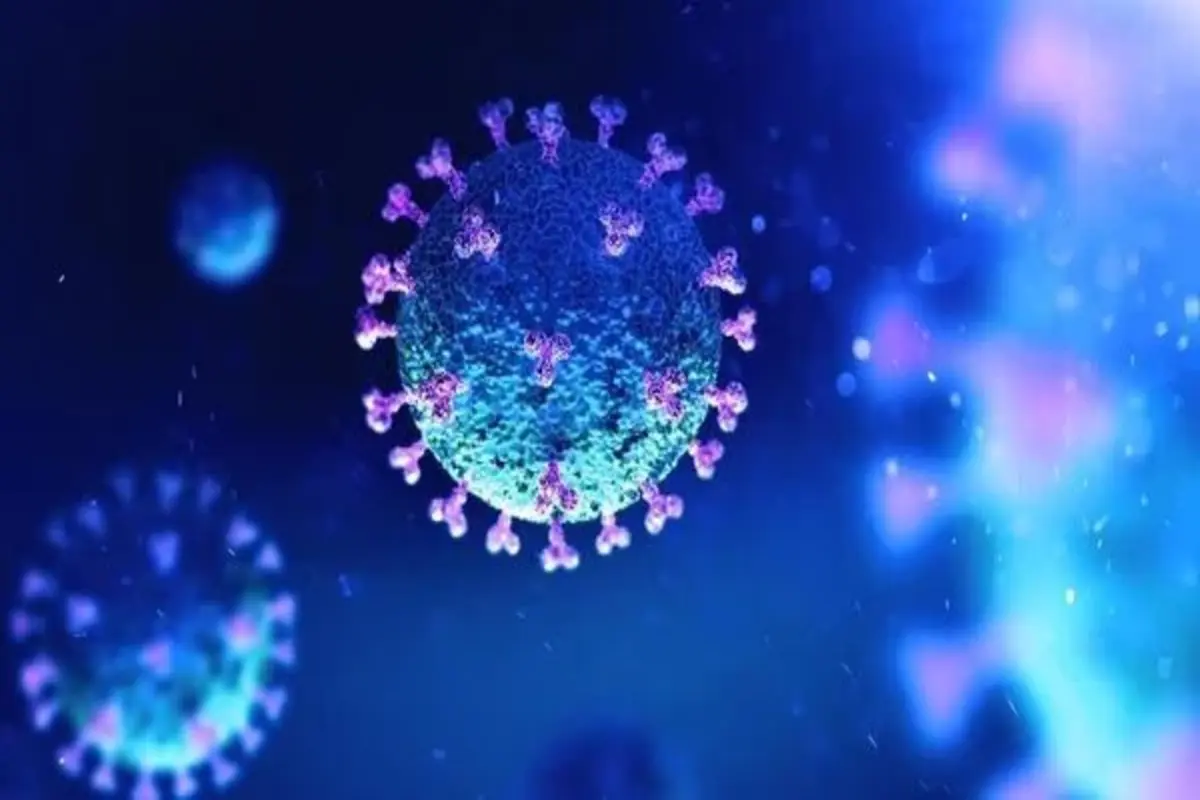
The WHO stated that the number of new COVID cases jumped by 52 percent during the last four weeks, with over 850,000 new cases reported.
“The number of new deaths decreased by 8 percent compared to the previous 28-day period, with over 3,000 new fatalities reported”, the World Health Organization (WHO) announced in its most recent news release.
“As of December 17, over 772 million confirmed cases and nearly seven million deaths have been reported globally since the onset of COVID-19”, the World Health Organization (WHO) continued.
Furthermore, the WHO reported that over 118,000 new COVID-19 hospitalizations and over 1600 new intensive care unit (ICU) admissions had been recorded, representing a global rise of 23 percent and 51 percent, respectively.
Due to its rapid increase in prevalence in recent weeks, JN.1, a sub-lineage of BA.2.86 Omicron variant, has been recognized as a separate variant of interest (VOI) separately from its parent lineage BA.2.86 as of December 18, 2023. Globally, EG.5 is the most often reported variant of interest.
Because of its rapid dissemination, WHO has classified the variant JN.1 as a distinct variant of interest (VOI) from the parent lineage BA.2.86. It was formerly classed as VOI as a sublineage of BA.2.86.
The increased worldwide public health risk posed by JN.1 is presently rated as low based on existing evidence. Despite this, as winter approaches in the Northern Hemisphere, JN.1 has the potential to raise the burden of respiratory illnesses in many nations.
The WHO previously stated that it was constantly evaluating the evidence and would update the JN.1 risk evaluation as needed.
It was reported that current vaccines continue to protect against severe sickness and death caused by JN.1 and other circulating strains of SARS-CoV-2, the virus that causes COVID-19.
COVID-19 is not the only respiratory disease that is currently circulating. In addition, Influenza, RSV, and common childhood pneumonia are on the rise.
The WHO recommends individuals use all available measures to prevent infections and severe disease. Wearing a mask in crowded, enclosed, or poorly ventilated areas, keeping a safe distance from others, practicing respiratory etiquette (covering coughs and sneezes), regularly cleaning hands, and getting tested if you have any symptoms or have been exposed to someone with COVID-19 or influenza are all recommended.
Also read: Domestic Coal-Based Power Generation Increases 8.38% Between April And November
To read more such news, download Bharat Express news apps




















